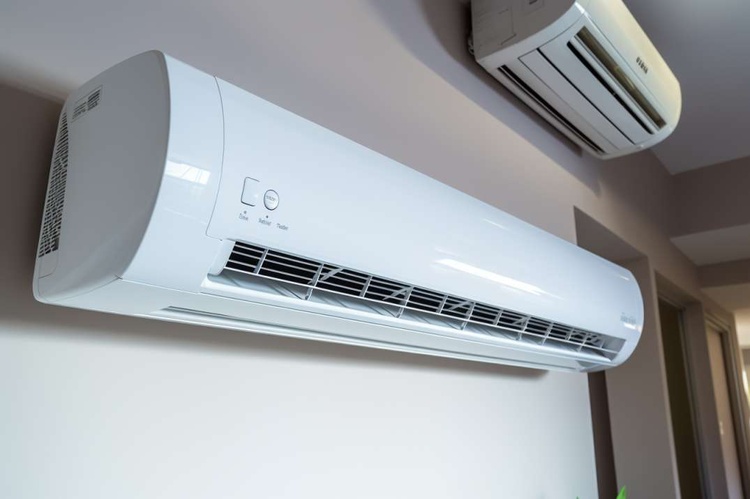Why Ductless Air Conditioning Units Are Ideal for Quick and Easy Cooling
Ductless air conditioning units have revolutionized how we think about cooling our spaces. These innovative systems offer a perfect solution for homeowners and renters seeking efficient, flexible cooling without the complexity of traditional HVAC installations. Understanding their benefits and functionality can help you make an informed decision about your cooling needs.

How Do Ductless Air Conditioning Systems Work?
Ductless air conditioners, also known as mini-split systems, consist of two main components: an outdoor compressor unit and one or more indoor air-handling units. These components are connected by a small conduit that houses the power cable, refrigerant tubing, and condensate drain. The system works by extracting warm air from inside, cooling it through the refrigeration cycle, and returning cool air to the space without the need for extensive ductwork.
What Makes Ductless Systems Perfect for Small Spaces?
Ductless units excel in small spaces due to their compact design and flexible installation options. The indoor units can be mounted high on walls, suspended from ceilings, or installed near floor level, maximizing living space. Their slim profile makes them particularly suitable for apartments, condos, and individual rooms where traditional HVAC systems would be impractical or impossible to install.
What Are the Key Benefits of Ductless Air Conditioners?
The advantages of ductless systems are numerous. They offer zone-specific temperature control, allowing different rooms to be cooled to different temperatures. Energy efficiency is another major benefit, as these systems don’t lose cooling through ductwork, which can account for up to 30% energy loss in traditional systems. Additionally, most modern ductless units include advanced filtration systems that help improve indoor air quality.
How Quick and Simple Is the Installation Process?
Installation of a ductless system typically takes one to two days, significantly less than installing traditional HVAC systems. The process requires only a small three-inch hole in the wall for the conduit, minimizing structural impact. Professional installation is recommended, but the process is straightforward and causes minimal disruption to daily life.
What Are the Long-term Cost Implications?
| System Type | Average Installation Cost | Annual Operating Cost | Lifespan |
|---|---|---|---|
| Single Zone | $3,000 - $5,000 | $300 - $600 | 15-20 years |
| Multi Zone (2-4 units) | $6,000 - $12,000 | $500 - $1,000 | 15-20 years |
| High-End Systems | $10,000 - $14,000 | $400 - $800 | 20+ years |
Prices, rates, or cost estimates mentioned in this article are based on the latest available information but may change over time. Independent research is advised before making financial decisions.
Which Features Should You Look for in a Ductless System?
When selecting a ductless system, consider features like SEER rating (minimum 18 recommended for optimal efficiency), heating capability for year-round use, smart home integration, and noise levels. Look for systems with advanced filtration if air quality is a concern, and ensure the unit’s capacity matches your space requirements. Most quality systems offer programmable settings, remote control operation, and automated temperature adjustment features.
The versatility and efficiency of ductless air conditioning systems make them an excellent choice for modern cooling needs. Their combination of quick installation, energy efficiency, and flexible operation provides a practical solution for various living spaces. While the initial investment may be higher than traditional window units, the long-term benefits in comfort, energy savings, and property value enhancement make them a worthwhile consideration for any home or business owner.




